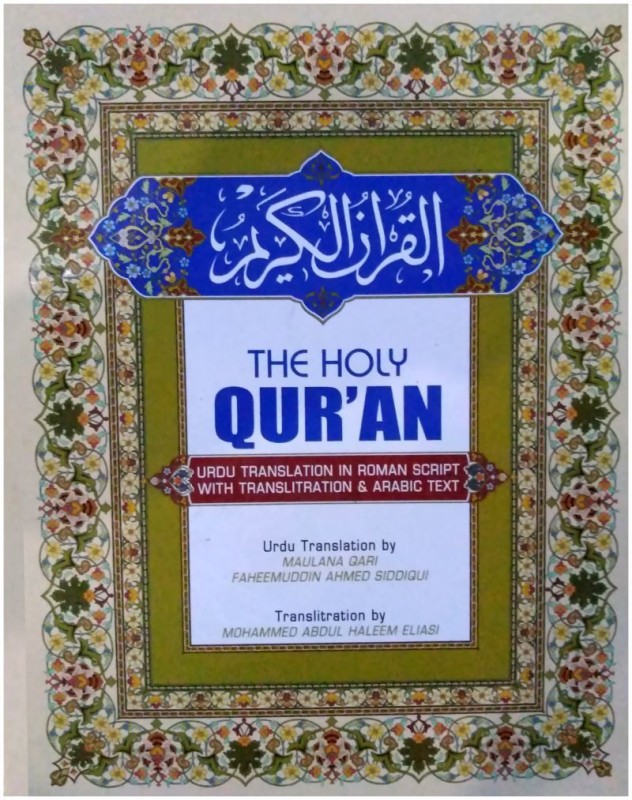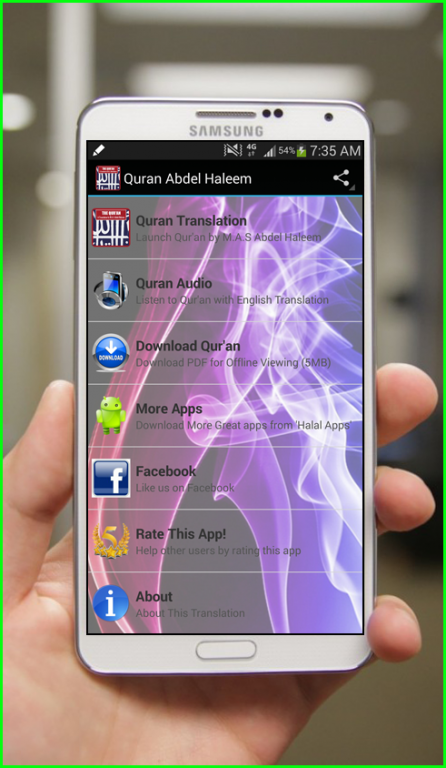

In addition to an introductory essay, Sells provides informed commentary on his translations. It provides selected translations of the Quran, focusing on the first revelations to Muhammad, which are also the shorter chapters. I use it in both my introductory survey course on Islam and my dedicated course on the Quran. Michael Sells’ Approaching the Qur ʾ ā n, now in its second edition, remains an indispensable primer on the Quran. My choice of translation is appropriate for a group of religiously diverse students in an academic setting that advances the spirit of critical inquiry.īefore going further, I want to first recommend an indispensable resource for teaching the Quran that scholars of Islam have been using for nearly 20 years. The religious make-up of a class matters since some published translations target a Muslim audience, seeking to uphold certain normative claims. While most are non-Muslim, a few Muslims usually enroll too.

My students are also religiously diverse. In my course on the Quran, most students are not specialists in Religious Studies or Islam and need no prerequisite to enroll. I teach undergraduates at Lafayette College - a secular private liberal arts college in Eastern Pennsylvania. By considering audience and learning outcomes, however, one can begin to shorten the list of possibilities. When selecting a Quran translation, all these considerations matter.įaced with this sprawling list of considerations, the task of choosing a Quran translation is daunting. A translation’s availability, cost, quality of print and physical size differ as well. Some provide introductory essays, explanatory commentary, maps, and detailed indexes while others provide some or none of these things, preferring to let the Quran speak for itself. The inclusion of supplementary material also varies. They differ stylistically some strive for a literal translation, others deliver poetic flare. Translations of the Quran differ in other ways. Thus, depending on the translation of the Quran, one’s understanding of how the Quran views non-Muslims will vary as well. Each translated term represents Quranic views of non-Muslims very differently. “Ungrateful,” by contrast, lacks strong theological implications altogether.

“Disbeliever” and “infidel” are very general in scope, potentially applying to pagans, Jews and Christians, while “atheist” restricts the label of kāfir to a smaller circle of only those who deny the existence of God. To offer one example: the pejorative Quranic term, kāfir, has been translated as “disbeliever,” “infidel,” “rejecter,” “atheist” and “ungrateful.” Each translation represents a different interpretation of the term, kāfir.

#Abdel haleem quran translation online how to#
The non-Arabic reader ultimately perceives the Quran through the lens of the translator.īut how to choose a translation from a fast-growing list that now exceeds one hundred? One should not assume that all translations of the Quran are more or less the same. Selecting an English translation of the Quran is thus no small matter. The Arabic Quran contains the actual words of God. This statement is especially true with regard to the Quran, since, according to Muslims, a translation of the Quran is not the actual Quran - just one interpretation among many.


 0 kommentar(er)
0 kommentar(er)
